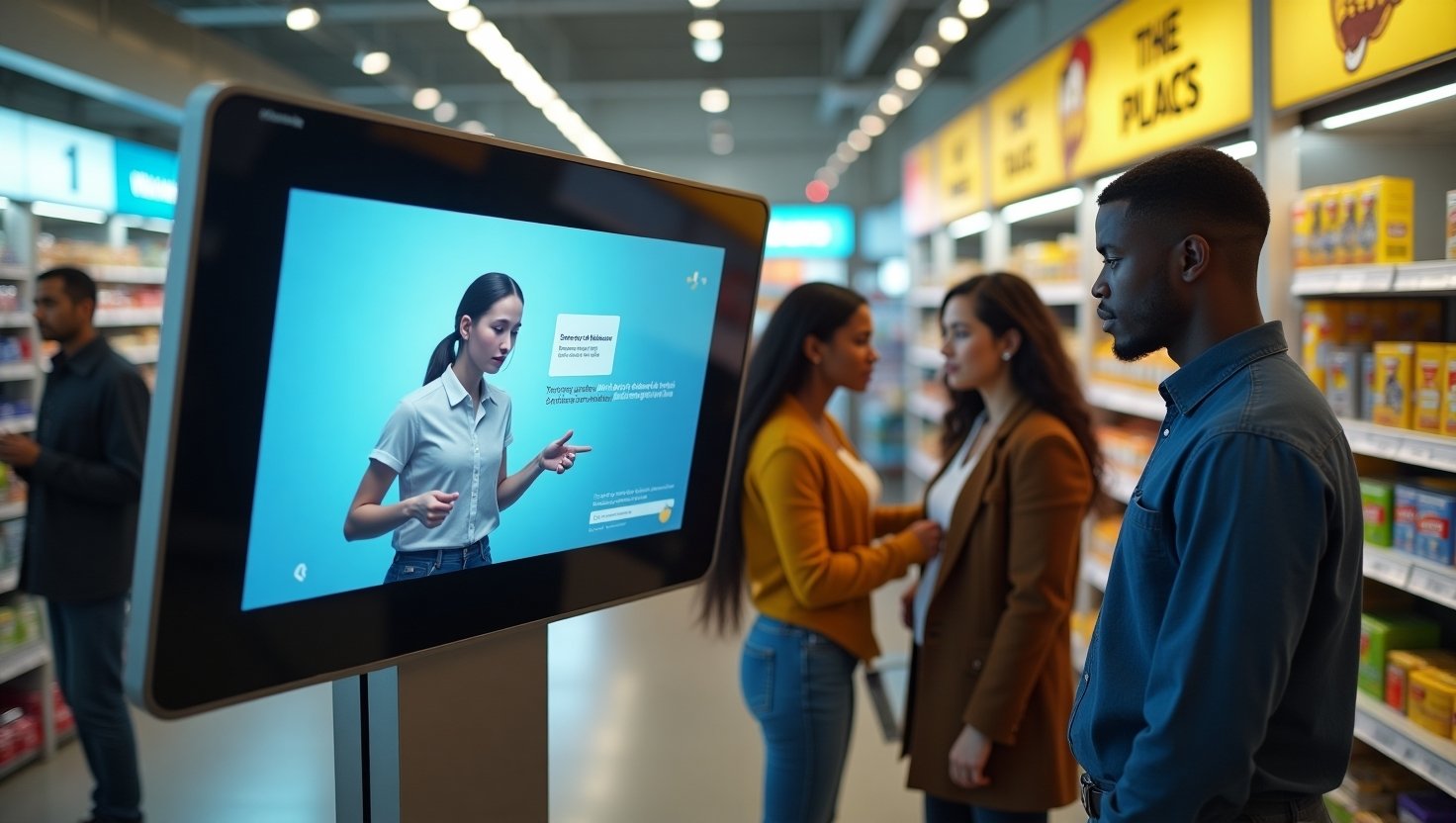Transforming Retail: How Walmart is Leveraging AI to Revolutionize the Customer Experience
In the rapidly evolving landscape of retail, Walmart has emerged as a pioneer, significantly advancing by integrating artificial intelligence (AI) into its operations. Especially notable during peak periods like the holiday season, Walmart’s AI customer experience enhancements demonstrate a futuristic approach to retail. This blog post delves into the innovative ways Walmart utilizes AI to augment both in-store navigation and online shopping enhancements, particularly as the end-of-year retail rush approaches.
AI’s Role in Enhancing Retail Strategies
In today’s competitive retail landscape, incorporating AI has become imperative for retailers aiming to streamline operations and improve customer experiences. With the holiday season being a critical period for retail, Walmart has strategically implemented AI-powered shopping experiences to cater to diverse consumer needs. According to recent findings, customers utilizing the Walmart app tend to spend 25% more on average than those who do not engage with the app during their in-store visits (Retail Dive). This statistic underscores the significance of AI tools in influencing purchasing decisions.
By leveraging AI for personalized product recommendations and enhanced in-store navigation tools like Sparky, the AI assistant, Walmart offers a seamless shopping journey. Sparky can be likened to a personal shopping assistant who not only knows the layout of the entire store but can also suggest products based on previous purchases or upcoming events, making shopping less of a chore and more of an intuitive experience.
Online Shopping Enhancements with AI
Walmart’s commitment to improving its online shopping enhancements reflects a broader digital transformation strategy. The implementation of features such as AI-generated audio summaries for beauty products enhances the online customer experience, providing shoppers with quick, easily digestible information that is typically time-consuming to retrieve. Comparatively, while 93% of multi-brand retailers still do not offer AI-powered review summaries, Walmart’s forward-thinking approach offers a competitive edge (Retail Dive).
Such AI-powered tools are not only present to personalize the shopping experience but also to provide insight into consumer behavior. Utilizing data analytics, Walmart aims to anticipate trends and consumer preferences, thereby proactively stocking products and efficiently managing inventory.
The Future of AI in Retail
Looking ahead, Walmart’s adoption of AI is poised to set new standards for the retail industry. Nearly two-thirds of consumers are expected to use generative AI tools during holiday shopping this year. This surge highlights the shifting consumer behavior towards embracing advanced technologies for a more customized shopping experience (Retail Dive).
As technology evolves, AI’s integration into retail will likely focus on even more immersive experiences, such as augmented reality (AR) shopping, allowing customers to visualize products in a virtual space before committing to purchases. This innovation will not only enhance the shopping experience but also help in mitigating returns, a common challenge during busy holiday seasons.
In conclusion, Walmart’s strategy in adopting AI technologies sets a benchmark for other retailers. By enhancing operational efficiency and customer engagement, Walmart not only meets but exceeds consumer expectations. As more retailers realize the benefits of AI, we can anticipate a digital transformation across the industry that will redefine shopping as we know it. The future is bright for those at the forefront, leveraging AI to revolutionize retail landscapes.










